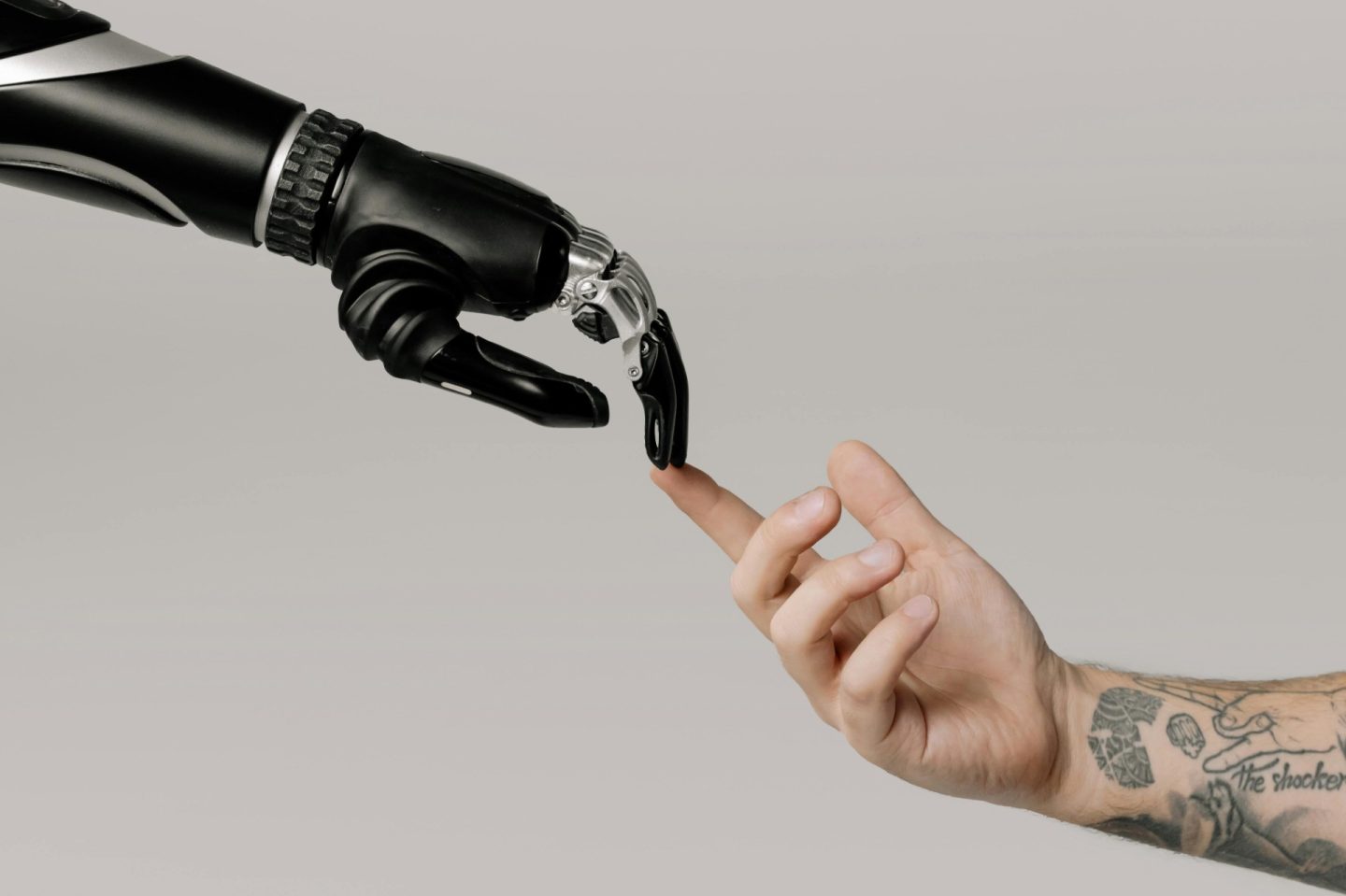A few years ago, using AI sounded like something out of a sci-fi movie—reserved for tech geniuses or big corporations with deep pockets. Fast forward to today, and AI is practically everywhere. It writes emails, schedules meetings, generates images, and even helps people plan vacations. But here’s the thing: most people still aren’t using it to its full potential. That’s why we’ve created this AI for Beginners guide.
You don’t need to be a programmer or an AI researcher to take advantage of these tools. Whether you want to write better, get organized, or simply save time, AI can make life easier—if you know where to start. That’s exactly what this guide is for. No jargon, no overwhelming technical details—just a practical introduction to the AI tools you can start using right now.
What Can AI Actually Do for You?
There’s a lot of hype around AI, and while it’s true that it can do some incredible things, it’s not magic. AI won’t replace your job overnight, but it can make your work faster, smoother, and sometimes even more creative.
Here’s how AI is already transforming everyday tasks:
- Writing and Editing → Need to draft an email? AI can do it in seconds. Want your text to sound more professional? It can refine your tone.
- Summarizing Information → AI can take a long report and distill it into a few key bullet points, saving you from hours of reading.
- Idea Generation → Whether you’re brainstorming for a project or looking for travel recommendations, AI can generate fresh ideas on demand.
- Time Management → AI can schedule your meetings, prioritize your tasks, and remind you of deadlines.
- Creativity & Media → No design skills? No problem. AI can generate images, edit audio, and even compose music.
AI isn’t about replacing human intelligence—it’s about amplifying what you can do with less effort. The best part? You don’t need to be tech-savvy to start using it today.
AI for Beginners: Five Ways to Use It in Your Daily Life
1. Text-Based AI Assistants: Your On-Demand Brainstorming Partner

Forget Google searches that take you down endless rabbit holes. AI chatbots like ChatGPT, Claude, and DeepSeek provide instant, contextual answers that go beyond generic search results.
These tools are designed to process and understand natural language, making them excellent at answering questions, providing recommendations, and even engaging in creative problem-solving. Whether you need help with research, troubleshooting an issue, or brainstorming new ideas, AI assistants can save you time and effort.
- ChatGPT → Great for general-purpose conversations, creative writing, and coding assistance.
- Claude → Designed for more thoughtful, in-depth responses and longer document analysis.
- DeepSeek → A lesser-known but powerful AI model that excels at complex problem-solving and reasoning.
How to use them
- Ask for a summary of a topic instead of scrolling through articles.
- Use AI for brainstorming—generate ideas for blog posts, speeches, or even business plans.
- Get help with explanations—if you don’t understand a concept, AI can break it down in simpler terms.
2. AI Writing Helpers: Fix, Improve, and Speed Up Your Writing
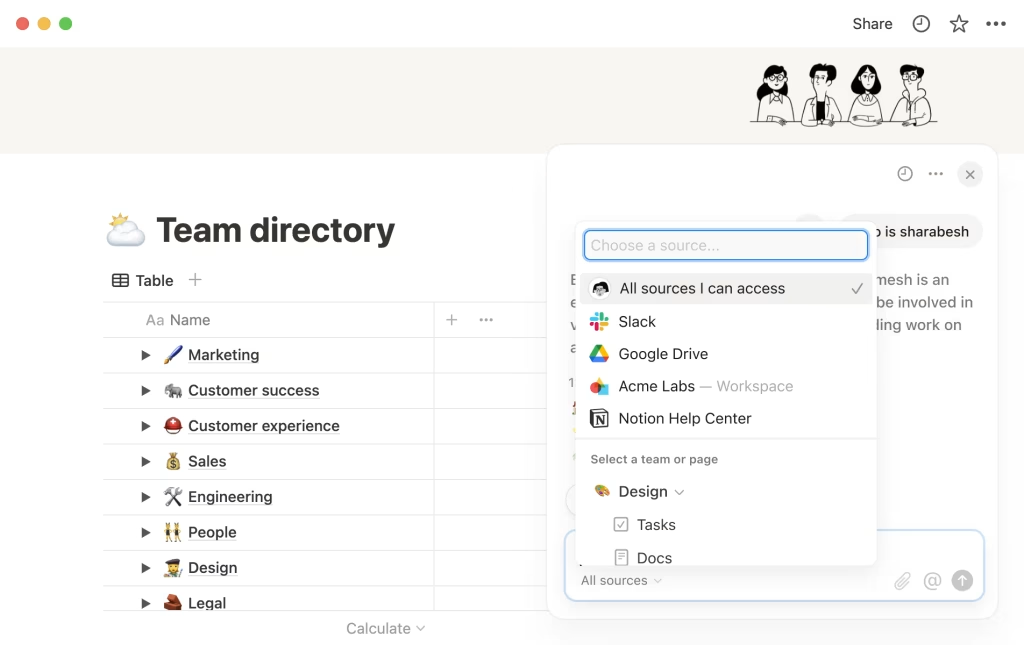
Not everyone loves writing, but everyone writes—whether it’s emails, reports, or social media posts. AI writing assistants can help polish your text, making it clearer and more professional. If you need inspiration, AI can generate ideas, rephrase sentences, or summarize lengthy information into digestible points.
- Grammarly → Checks grammar, style, and tone to make your writing mistake-free and engaging.
- Rytr → Generates copy for blogs, emails, and social media posts with just a few prompts.
- Notion AI → Helps summarize notes, organize ideas, and even generate to-do lists.
How to use them
- Run important emails through Grammarly before sending them.
- Use Rytr to draft social media posts in different tones and styles.
- Let Notion AI summarize meeting notes so you don’t have to.
3. Image Generators: Design Without Design Skills
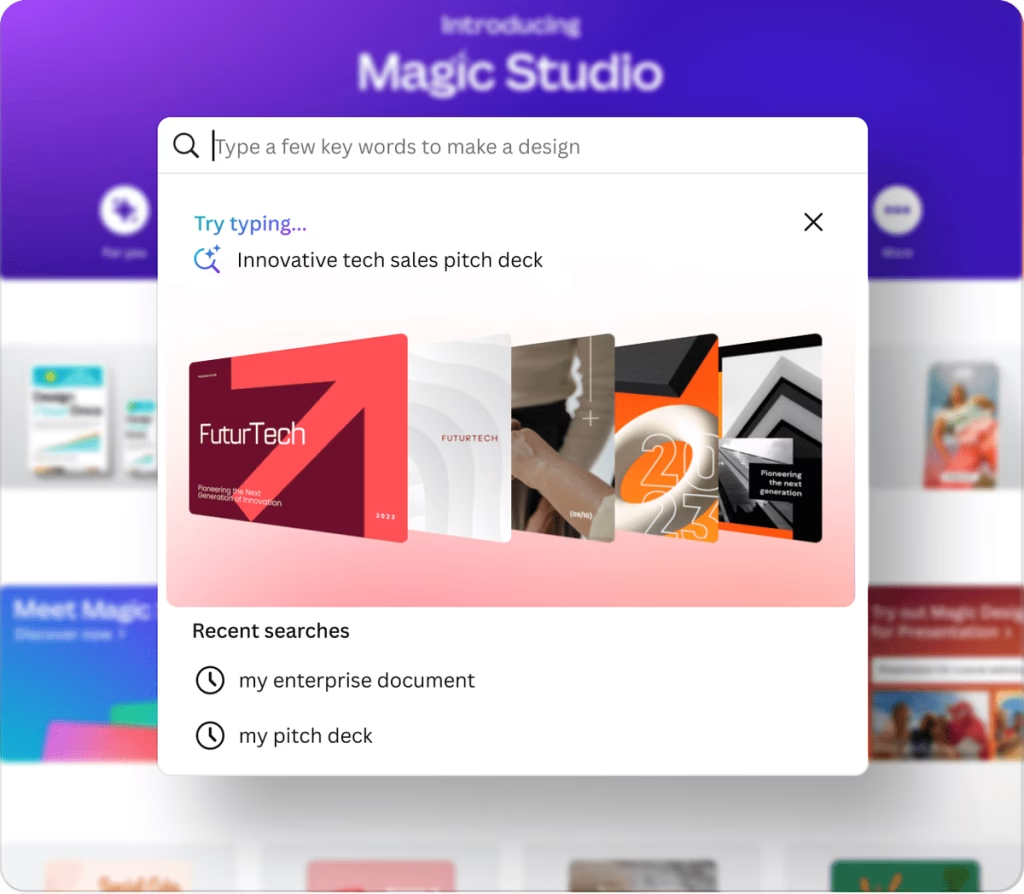
You don’t need Photoshop or an art degree to create professional-looking visuals. AI image generators take a simple text description and turn it into an original image.
AI tools let you create high-quality graphics, illustrations, and even photorealistic images just by describing what you need. Whether you’re preparing a presentation, branding materials, or just experimenting with creativity, AI can bring your vision to life.
- Midjourney → Generates highly artistic and detailed images.
- DALL·E → OpenAI’s image generator, great for realistic illustrations and creative concepts.
- Canva’s AI tools → Simplifies graphic design with AI-generated templates, elements, and layouts.
How to use them
- Describe the kind of image you need (e.g., “A futuristic city skyline at sunset”), and let AI generate options.
- Use Canva’s AI for quick social media graphics or marketing materials.
- Remix AI-generated images with your own edits to make them more unique.
4. Voice & Audio Tools: Transcription, Voice Assistants, and More
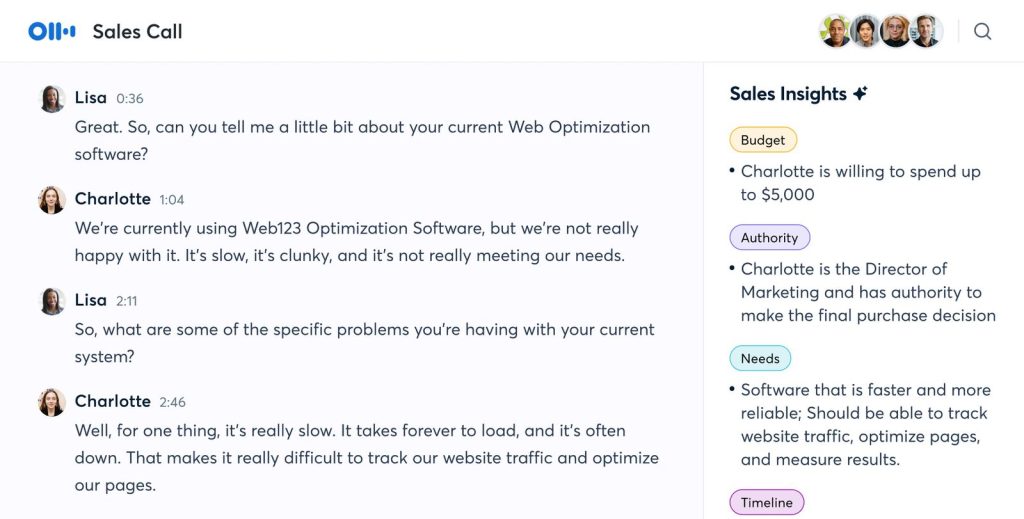
AI-powered audio tools can help you transcribe meetings, generate realistic voiceovers, and even convert text to speech. Whether you need meeting transcripts, high-quality voiceovers, or clearer audio recordings, these tools provide a seamless solution.
- Otter.ai → Transcribes meetings, interviews, and lectures in real time.
- Speechify → Turns any text into natural-sounding speech for easy listening.
- Adobe Podcast AI → Enhances audio quality, removing background noise and improving voice clarity.
How to use them
- Let Otter.ai transcribe your meetings so you can focus on the discussion instead of taking notes.
- Use Speechify to “read” articles while driving or doing chores.
- Improve the audio quality of recordings with Adobe Podcast AI.
5. Productivity Boosters: Automate the Boring Stuff
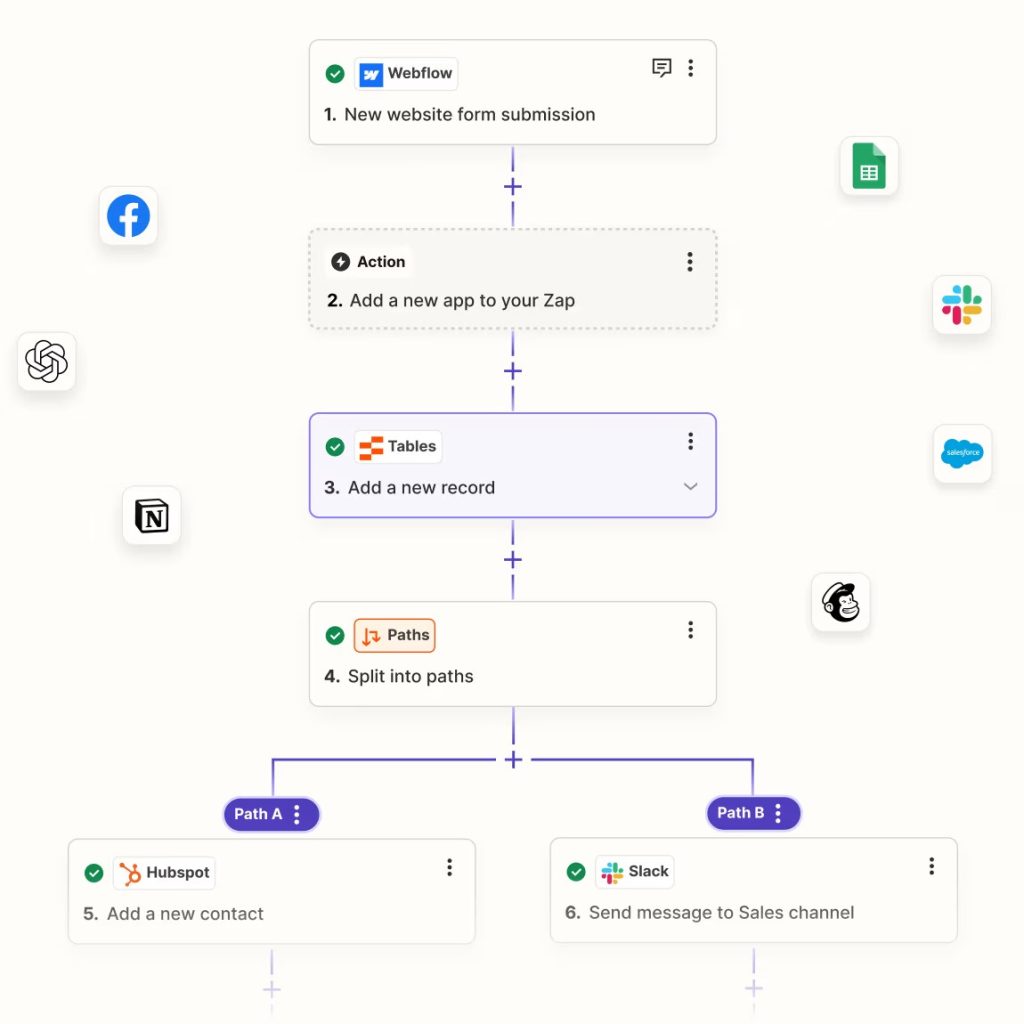
Between emails, meetings, and endless to-do lists, staying on top of work can feel overwhelming. AI-powered productivity tools help automate repetitive tasks, manage your calendar, and even prioritize emails so you can focus on what really matters.
- Reclaim AI → Auto-schedules your meetings, ensuring you have time for deep work.
- Superhuman → Uses AI to prioritize important emails and declutter your inbox.
- Zapier → Connects different apps and automates repetitive tasks without coding.
How to use them
- Let Reclaim AI find the best meeting times in your schedule automatically.
- Use Superhuman to declutter your email inbox and focus on what matters.
- Set up a Zapier automation to save email attachments directly to Google Drive.
6. Video Creation and Editing: Professional-Quality Videos in Minutes
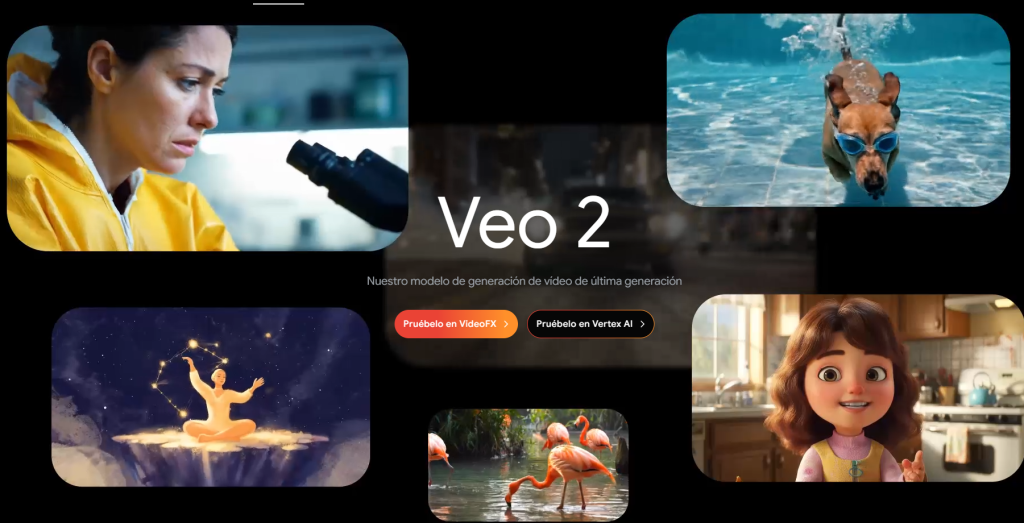
AI has completely transformed video production, making it accessible to anyone without technical skills or expensive equipment. Create entire videos from text descriptions, edit footage automatically, or generate realistic visuals for any purpose.
- Sora → OpenAI’s text-to-video model creates remarkably realistic footage from detailed descriptions.
- Runway → Offers powerful text-to-video capabilities and AI editing tools that simplify complex video tasks.
- Google’s Veo 2→ Allows users to create up to two-minute videos from text prompts, suitable for various applications.
How to use them
- Transform written ideas into engaging video content for presentations or social media.
- Utilize AI to edit existing videos, adding effects or enhancing quality effortlessly.
- Experiment with different visual styles to find the perfect match for your message.
AI Limitations: What You Need to Know
While AI is powerful, it’s not perfect. Here are some key limitations to keep in mind:
- Accuracy Issues → AI sometimes generates incorrect or misleading information. Always fact-check before relying on it.
- Bias in AI → AI models learn from human-generated data, which means they can inherit biases. Be mindful when using AI for decision-making.
- Lack of Common Sense → AI can analyze patterns but doesn’t truly understand the world. It may struggle with nuanced or context-heavy tasks.
- Privacy Concerns → Some AI tools require personal data to function. Be cautious about what you share and check each platform’s privacy policy.
- Creativity vs. Originality → AI can generate ideas, but it lacks true originality. It’s great for assisting creativity but shouldn’t replace human input entirely.
AI is a tool, not a replacement for human intelligence. Understanding its limitations will help you use it wisely.
Conclusion: Your Next Steps
If you’re new to AI, the best way to start is by picking one tool that fits your needs. Want help writing? Try Grammarly. Need a virtual assistant? Experiment with ChatGPT. Looking to automate tasks? Explore Zapier.
AI isn’t about replacing human effort—it’s about making everyday tasks easier, faster, and sometimes even more fun. The key is to experiment and see what works for you.
The AI revolution is here. The question isn’t if you’ll use it, but how soon.
